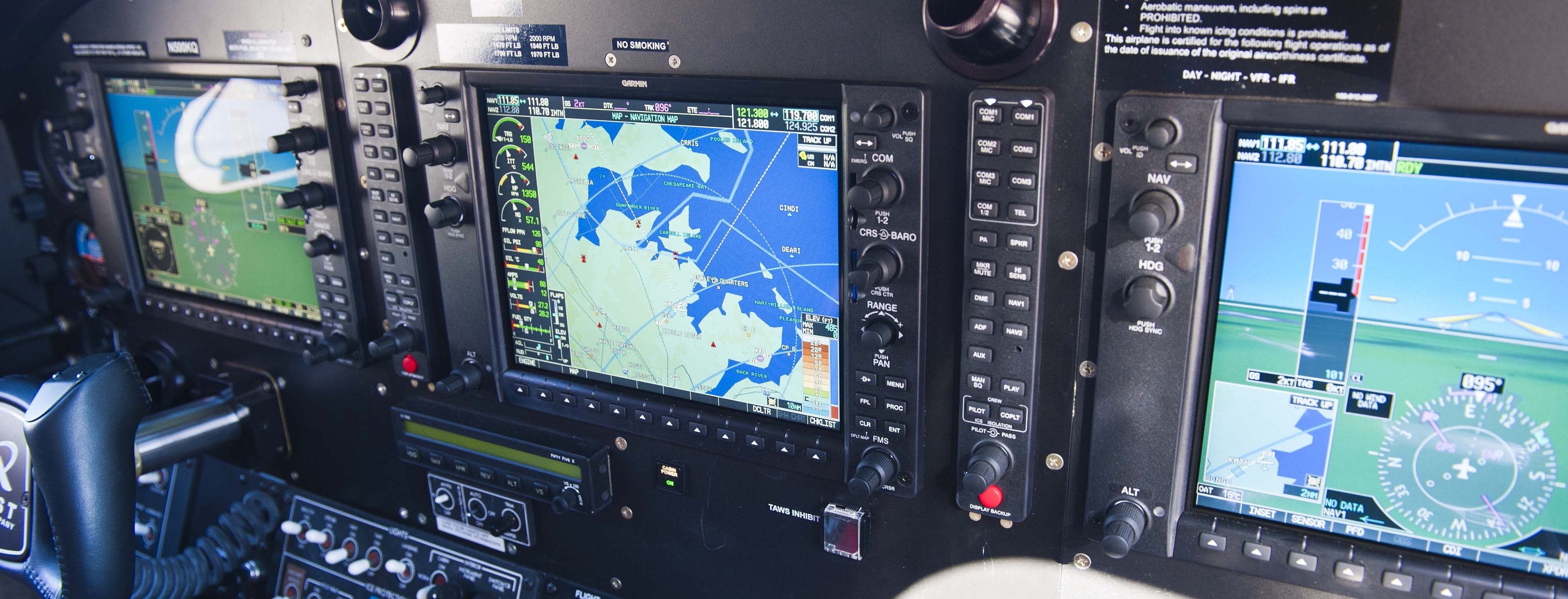


Airspace and obstacle clearance criteria were developed based on the performance of available equipment, and specifications for requirements were based on available capabilities. For land-based operations, the initial systems used very high frequency omnidirectional radio range (VOR) and distance measuring equipment (DME) for estimating position for oceanic operations, inertial navigation systems (INS) were employed. A specific RNAV system was identified and its performance was evaluated through a combination of analysis and flight testing. RNAV systems evolved in a manner similar to conventional ground-based routes and procedures. The continuing growth of aviation increases demands on airspace capacity, making area navigation desirable due to its improved operational efficiency. 3 Navigation error components and alerting.RNAV was reintroduced after the large-scale introduction of satellite navigation. In January 1983, the Federal Aviation Administration revoked all RNAV routes in the contiguous United States due to findings that aircraft were using inertial navigation systems rather than the ground-based beacons, and so cost–benefit analysis was not in favour of maintaining the RNAV routes system. In the United States, RNAV was developed in the 1960s, and the first such routes were published in the 1970s. RNAV can be defined as a method of navigation that permits aircraft operation on any desired course within the coverage of station-referenced navigation signals or within the limits of a self-contained system capability, or a combination of these. Area navigation used to be called "random navigation", hence the acronym RNAV. This can conserve flight distance, reduce congestion, and allow flights into airports without beacons. A simple diagram showing the main difference between traditional navigation and RNAV methodsĪrea navigation ( RNAV, usually pronounced as / ˈ ɑːr n æ v/ " ar-nav") is a method of instrument flight rules (IFR) navigation that allows an aircraft to choose any course within a network of navigation beacons, rather than navigate directly to and from the beacons.


 0 kommentar(er)
0 kommentar(er)
